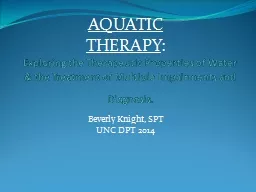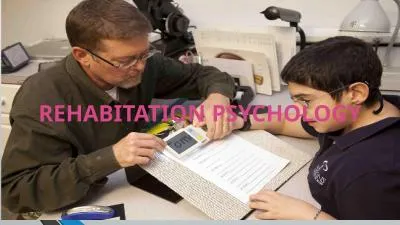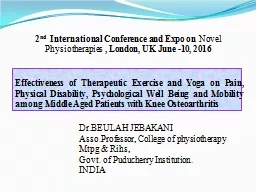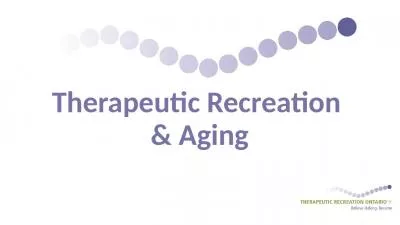PPT-Exploring the Therapeutic Properties of Water & the Treatment of Multiple Impairments
Author : rozelle | Published Date : 2020-06-16
Beverly Knight SPT UNC DPT 2014 AQUATIC THERAPY Objectives Identify therapeutic properties of water Identify contraindications and precautions to aquatic therapy
Presentation Embed Code
Download Presentation
Download Presentation The PPT/PDF document "Exploring the Therapeutic Properties of ..." is the property of its rightful owner. Permission is granted to download and print the materials on this website for personal, non-commercial use only, and to display it on your personal computer provided you do not modify the materials and that you retain all copyright notices contained in the materials. By downloading content from our website, you accept the terms of this agreement.
Exploring the Therapeutic Properties of Water & the Treatment of Multiple Impairments: Transcript
Download Rules Of Document
"Exploring the Therapeutic Properties of Water & the Treatment of Multiple Impairments"The content belongs to its owner. You may download and print it for personal use, without modification, and keep all copyright notices. By downloading, you agree to these terms.
Related Documents














